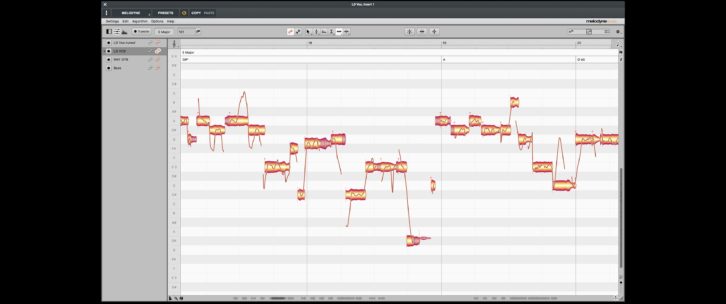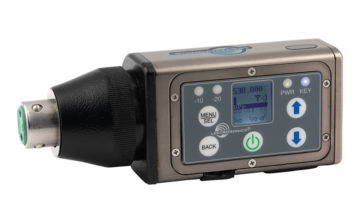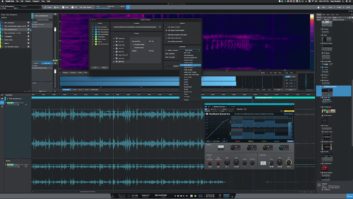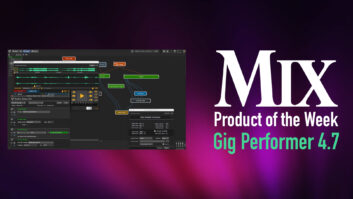Whenever Celemony offers a major update of Melodyne, it always adds some new jaw-dropping features, and version 5 is no exception.

Melodyne has long offered an impressively powerful toolset for manipulating both monophonic and polyphonic audio. Vocal pitch correction is its “core” function, but it provides a great deal of additional functionality, depending on which edition of Melodyne you buy.
Arguably the most notable new feature in Melodyne 5 is the new Melodic Algorithm, which detects sibilance, breaths and other noise components in audio and displays them as graphically different than the pitched part of notes. Noise components can now have their levels changed or be deleted entirely without affecting the pitched parts.
As a result, you can now use Melodyne (Melodyne Assistant and higher) as a de-esser, selecting a note or range of notes and reducing the noise level. The pitched-note information remains the same; only the noise components get reduced. It’s also handy for editing breaths and noise artifacts that get into a vocal track.
The separate status of noise events is also useful when editing pitch. When transposing a note, the sibilance or other noise components are unchanged, which is a more realistic result.
Read more Product of the Week: Yamaha RIVAGE PM3, PM5 Digital Mixing Systems.
Celemony also updated Melodyne’s pitch-detection algorithm, giving it more power to analyze pitch deviations and home in on the intended pitch of a note. When detecting notes in a vocal (or monophonic instrument) track, it no longer chooses the pitch based on averaging the full duration of a note. It now places more weight on what it detects as the central part of the pitch. Celemony says this results in better accuracy and more natural correction.
Also new is a Fade Tool, which lets you add fades-in and -out of notes. You’ll notice an additional macro besides Correct Pitch and Quantize Time; it’s called the Leveling Macro, and it adjusts the relative volume of selected notes. It could be a useful way to even out dynamics without compression or tedious automation.
Melodyne 5 also sports new chord features. It now offers chord detection and manual entry of chords in a global Chord Track that shows up in all open instances of the plug-in. Melodyne uses the information in it as a basis for detecting whether notes are correct for specific chords and several other functions.
Those are just some of the improvements. Not all the features work in all versions, of course. Scroll to the bottom of this page from the Celemony Website to see a comparison of the various versions.






